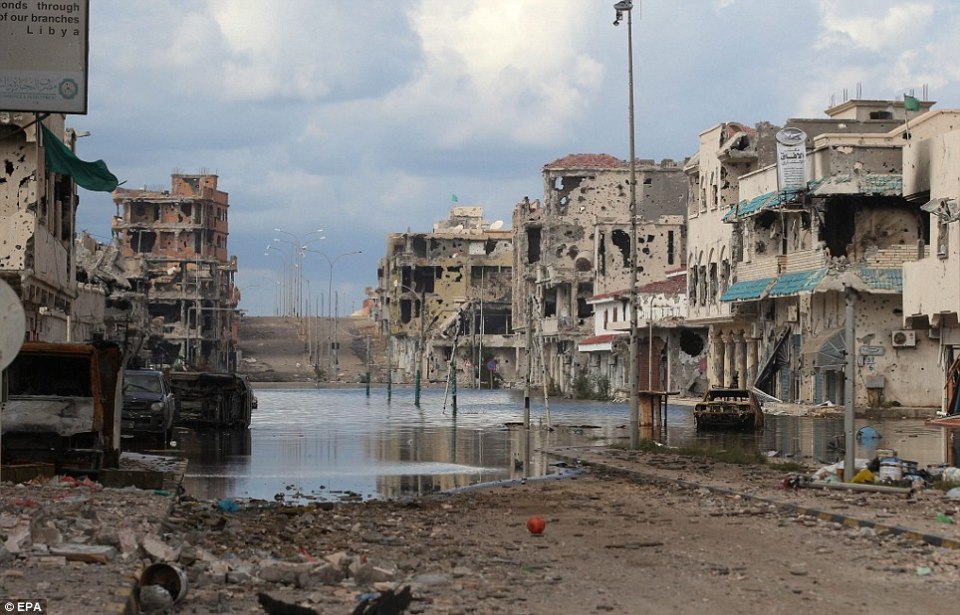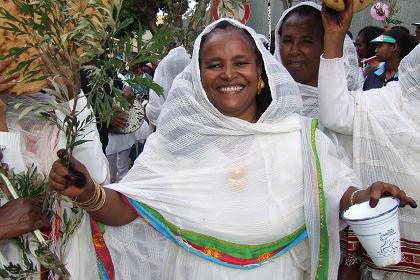Jul 16
20142
Neo-Liberalism and the Defanging of Feminism
Amnesty International Branding Clinton FEMEN Feminism Guantanamo Bay Human Rights Watch Imperialism Libya Marketing misogyny Molly Crabapple MSNBC NATO neoliberalism Odessa Oppression OWS Patriarchy Pussy Riot Racism Russia Syria Ukraine VISE
The Weaponized Naked Girl
July 15, 2014
The 1976 film Network is the story of a failing television channel and its scheme to improve ratings by putting a crazy man on television. Howard Beale is driven out of his mind after he’s laid off to shield the bottom line. He is a widower, no real friends – a victim of the economic rearrangement of the 1970s. Promising to blow his brains out on live TV, Beale is suddenly the savior of the network as the ratings are higher than ever as a result of this outburst. He appears on television and delivers emotive appeals to his audience, reasoning that while he doesn’t know what do to fix the situation, he at least encourages everyone to “get mad”. But no mass movement erupts. Once his shares start to dip, the network assassinates him to pull their ratings out of the fire.
This is the usual synopsis you’ll receive. Network’s other story lines, the ones about Faye Dunaway’s sexually aggressive yet sexually vacuous character, the cynical manipulation of Black Power politics, are usually ignored. Everyone loves a story about a maniac street preacher. But Network is also about how the media is manufactured, how our pain and frustrations regarding the state of the world are manipulated for ratings, and how legitimate grievances are monetized under capitalism.
It’s a shame we miss out on that, because the media we consume today is just as cynically manipulated. It’s just as weaponized against the population as the media of a hundred years ago, but has now adopted new marketing techniques to sell, promote, and defend imperialism and capitalism. This is not to say that older techniques are not still used – some corruption is still as blatant as taking money or gifts – but other techniques have not been as examined, as thoroughly condemned. While sex and race are just as common as ever in the media’s worship of imperialism and capitalism, the new neoliberal strategies of atomization and the cult of the individual gives the old tropes of manipulation a fresh coat of paint:
We live in an era of flux. The old model of a creator or creative type—a person who does one thing well, and depends on institutions for support—is falling by the wayside. The creator of the future is a super-connected trans-disciplinary mutant: engaged and intellectually rebellious. Molly Crabapple has created everything from Occupy Wall Street posters and arts journalism of collapsing countries to murals on the walls of the world’s most exclusive nightclubs. On stage, she delivers an energizing, take-no-prisoners talk on how creators—how everyone—can create a life of their own design, without asking permission. (Emphasis mine, from Lanvin Agency)
Atomization is the isolation of a person from their “institutions of support”, meaning, essentially, not just their fellow human being, but also the traditional ways of reading and perceiving knowledge, though history or dialectical reasoning. The atomized individual is “intellectually rebellious”, cut off from the ability to reason correctly and confused by constantly shifting parameters – relying on their own atomized and manipulated environment in order to successfully parse reality. A strategy as old as time is to successfully make the person feel like they came up with the idea to oppress themselves. The fresh coat of paint here is to make everyone relate to their own oppression in an intimate, ego-shaping way. The individual’s decision – once they choose oppression, of course – is a sacred decision; their reasoning and their motivations are private and autonomous. The oppressed are oppressed whether they choose to be or not – but the propaganda encourages the oppressed to accept it anyway, because it makes things easier for domination and atomizes society faster.
Imperialism, too, wants invitations for military advisors, trade agreements, and foreign direct investment. Wars and battles can be disagreeable. Usually it’s preferable both morally and logistically when the oppressed ask for their own subjugation, argue for it themselves. Likewise, patriarchy seeks to subjugate by invitation. Women are told that patriarchy really does have nothing but the best intentions, that she can cleverly twist patriarchy on her own to make it “work for her”. In this way, we can compare the woman who feels violent pornography is empowering to the country which feels monoculture depending on the imperial markets is empowering. Under this paradigm, we the audience, must believe that if they are asking for it, we must respect their agency. Systems of oppression, however, do not simply disappear because they are somehow passively (or actively!) accepted by the oppressed. Indeed, systems prefer the acquiescence of the oppressed to conflict. This is why it is so important for us to be told that women love being prostitutes and how much happier developing countries are under capitalism. In many cases, this functions as a sort of shield for oppression – it’s their choice, after all! And we must respect that. And if not their choice, well then, certainly NATO has their best interests as individuals at heart. An argument about imperialism successfully becomes an argument about agency.
All of this is not just a successful tool for atomization, it is also a savvy marketing strategy for oppression. For this essay, I am going to write mainly on how imperialist-marketing techniques specifically corrupts feminism. While women who stand against oppression and imperialism are often excluded from public platform, or labeled as “crazy” otherwise, when standing for imperialism, misogyny, racism, and capitalism, women are seen as strong and independent-minded. When their representations of the aforementioned are attacked, these otherwise “modern” women simply melt back into stereotypical gender roles, and are posited as victims. I will present three case studies for this phenomenon that will seek to make this connection between feminism, traditional gender roles, agency and imperial aggression.
For the first case study, let’s take a look at a so-called feminist, modern group of women: FEMEN. The marketing strategy of this Ukrainian group is pretty simple to grasp. A photo of any FEMEN action usually includes a half naked blonde woman, political slogans scrawled across her breasts, her face contorted in pain and fear as a police officer or soldier, generally a man, attempts to tackle and arrest her. Here we have a twofold approach: one strategy is that instead of holding placards, these women use their bare breasts as “weapons” (their word, not mine) to trick an otherwise apathetic and disinterested male population into buying whatever it is they’re selling, while courageously doing this as wielders of their own agency, allegedly wielding it in the name of atomized feminism (what I call elsewhere “postfeminism“). This is greatly analogous to marketing strategies which seek to utilize female sexuality – we can see examples of this on any convention showroom floor. They are simultaneously empowered by using their sexuality to sell their politics, while at the same time cynically bowing to traditional gender roles. The second part of the marketing strategy is to usually include the police. Their groping hands put these lovely blonde ladies in danger. They roughly claw at their exposed flesh. Like King Kong, these women are generally presented as helpless against their attackers, suspended in midair by the ruddy paws of the enemy who seeks to destroy us all. We are winked at by the titillating vision of half-naked attractive white women, offering their politics on their breasts as a way of appealing to the so-called essential nature of of piggish men, appreciative of their strong choices, angry that a man would stand in their way. →










by Damir Mirkovic